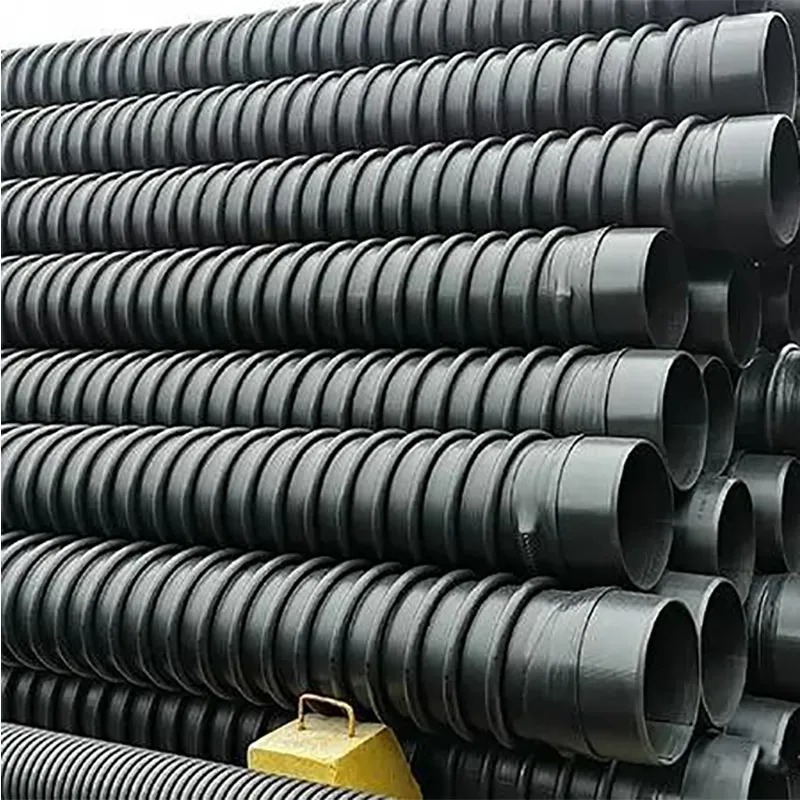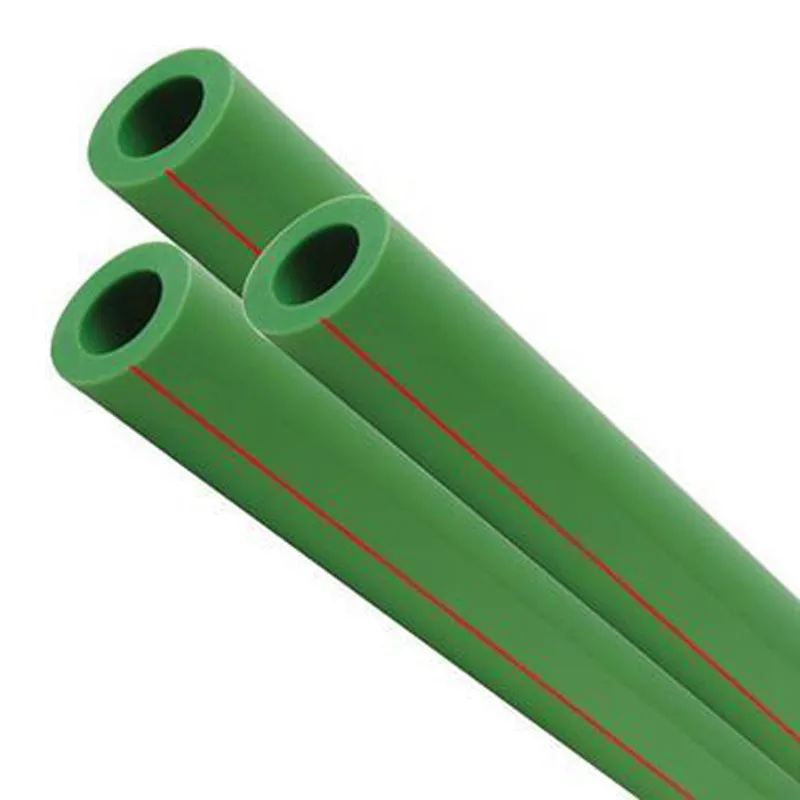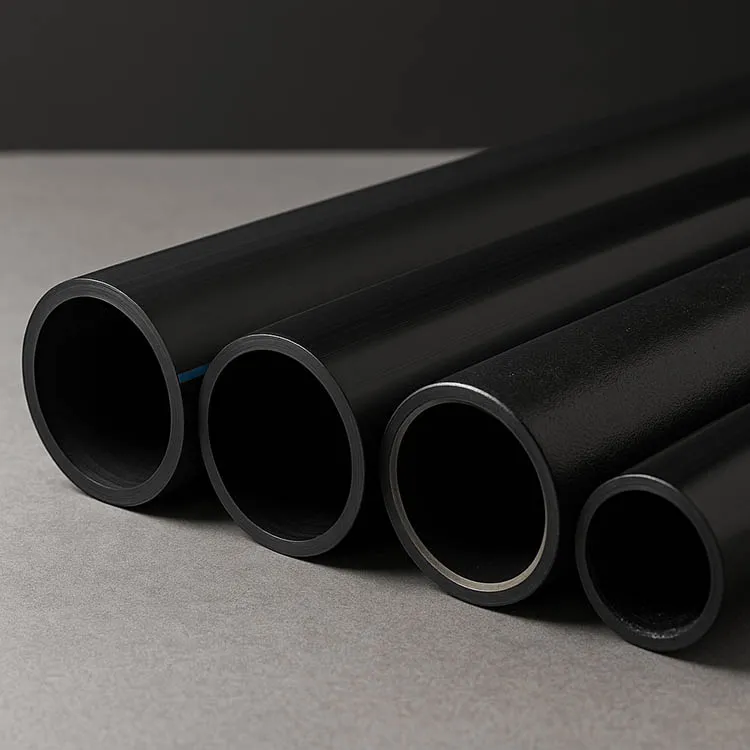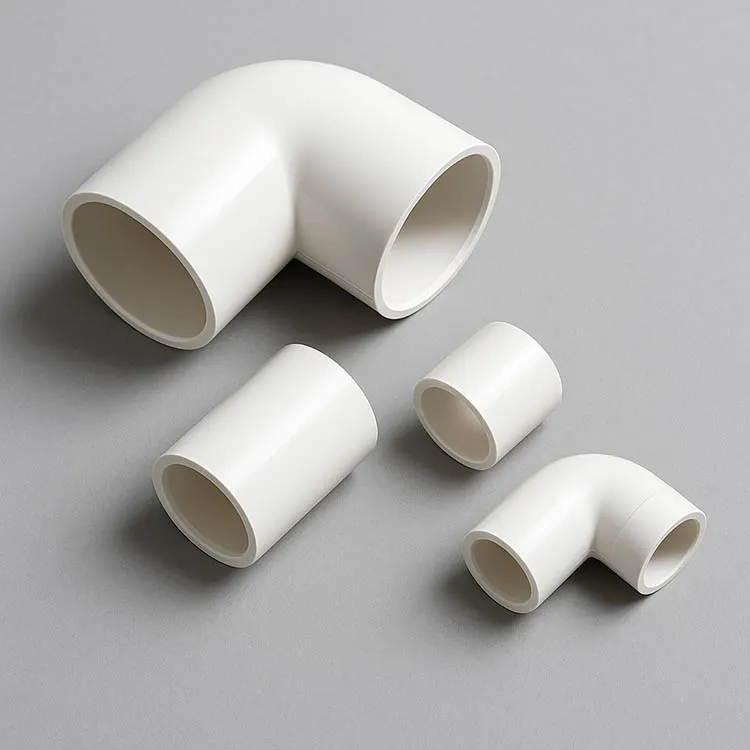In the field of municipal pipeline construction, you often hear such a word: carat pipe. Perhaps some people will not understand, but in fact, carat pipe is very common in the field of municipal pipelines and has a wide range of applications.
So what is carat pipe? Carat pipe is a high-density polyethylene structural wall hot winding pipe, HDPE winding structural wall pipe, which is a new type of special-shaped structural wall pipe, made by high-density polyethylene hot winding molding process. It is mainly made of high-density polyethylene resin (HDPE) as raw material, PP or PE corrugated pipe as auxiliary support pipe, and high-density polyethylene large-diameter winding reinforced pipe produced by hot winding molding process.
Production process of carat pipe
Carat pipe is made of high-density polyethylene as raw material, and is made by winding molding process in hot melt state, and is cooled by rolling air cooling before demolding in hot state, so the pipe will gradually dissipate heat, so that the wall thickness is uniform. HDPE winding reinforced pipe adopts socket-type electric fusion connection. The two ends of the pipe are processed into sockets and spigots during production, and electric fuses are embedded in the socket end. When the pipe is connected, only the power supply needs to be connected to complete the welding, and the pipe system can achieve zero leakage.
High-density polyethylene winding reinforced pipe production process: heating-winding-cutting-demolding-shaping-electric fuse pre-embedding-product inspection
Performance advantages of carat pipe
Carat pipe has many performance advantages, including high strength, high rigidity, corrosion resistance, aging resistance, high temperature resistance, cost saving, environmental protection, easy installation, long service life and simple maintenance. In addition, carat pipe also has excellent physical properties, such as the flexibility, creep resistance and excellent hot-melt connection performance of high-density polyethylene, which is conducive to the installation of plastic pipes. In special environments such as coastal areas, PE pipes can resist the erosion of various chemical media and do not require anti-corrosion treatment. The horizontal layer of carat pipe and the reinforcing structure layer are welded in a molten state, without internal stress and high overall strength. At the same time, the carat tube has good toughness and flexibility, and has a strong ability to adapt to uneven settlement and dislocation of the pipe foundation. It has good seismic resistance and is most suitable for areas with earthquake hazards.
Application fields of carat tubes
The application fields of carat tubes are very wide, mainly including municipal water supply and drainage, large-scale water conservancy projects, petroleum industry, environmental protection projects, power projects, agricultural projects, construction projects and other fields.
●Municipal water supply and drainage: carat tubes are widely used in urban water supply, drainage and long-distance water transmission systems, which is determined by its light weight, high pressure bearing capacity, excellent interface quality and long life.
●Large-scale water conservancy projects: carat tubes are also used for water culverts with large traffic loads such as shuttle roads and railways, as well as drainage and sewage pipes at large airport ports.
●Petroleum industry and environmental protection projects: carat tubes are used in these fields to transport corrosive fluids or lay in corrosive soils. No anti-corrosion treatment is required, and the performance is much better than other pipes.
●Agricultural engineering and construction projects: carat tubes are also suitable for drainage and sewage pipes in farmland water conservancy irrigation and construction projects.
Difference between carat tube and corrugated tube
When you see the performance and application field of carat tube, do you feel that it is very similar to another kind of pipe? Well, from the appearance, these two pipes seem to be very similar, so what is the difference between them?
The main difference between carat tube and corrugated tube lies in their production process, raw materials, connection method and application scenario. The following is a detailed comparison:
●Production process and raw materials
Carat tube: adopts hot winding molding process, the main raw material is high-density polyethylene (HDPE) resin, and sometimes polypropylene (PP) single-wall corrugated pipe is used as a supporting structure. This production method ensures the uniform thickness of the pipe wall and high resistance to external pressure.
Corrugated pipe: The main raw material is also high-density polyethylene (HDPE) resin, but the production process is manufactured through extrusion molding process. First, two concentric tube embryos are extruded by equipment, and then formed by vacuum forming.
●Connection method
Carat tube: adopts socket-type electric fusion connection method, one end is a socket with embedded electric fuse, and the other end is a flat wall socket. This connection method ensures the sealing and overall load resistance of the pipeline.
Bellows: Socket-and-spigot rubber ring connection is adopted, and attention should be paid to the flatness of the groove and the amount of engineering.
●Application scenarios
Carat pipe: Suitable for occasions requiring high external pressure resistance and long service life, such as large-scale drainage, water supply, natural gas and other pipeline systems.
Bellows: Suitable for general drainage, irrigation and other occasions with low pressure requirements.
●Production caliber
Carat pipes are mainly produced with calibers from ID300 to ID2000 mm, while corrugated pipes are generally produced with pipes below ID800. This means that the caliber range of carat pipes is significantly larger than that of corrugated pipes, and can meet the needs of larger-scale projects. The maximum depth of carat pipes can reach 20 meters, showing its potential for application in projects with greater depth. In contrast, the caliber of corrugated pipes is relatively small, and generally produces pipes below ID800, which are suitable for smaller-scale projects.
In addition, the large caliber of carat pipes can reach ID4000, while the general large caliber of HDPE double-wall corrugated pipes is ID1200. This further illustrates the advantage of carat pipe in terms of diameter, making it the preferred choice for projects requiring large-diameter pipes.




939.webp)


294.webp)
476.webp)
420.webp)
146.webp)
460.webp)
287.webp)
274.webp)
688.webp)


